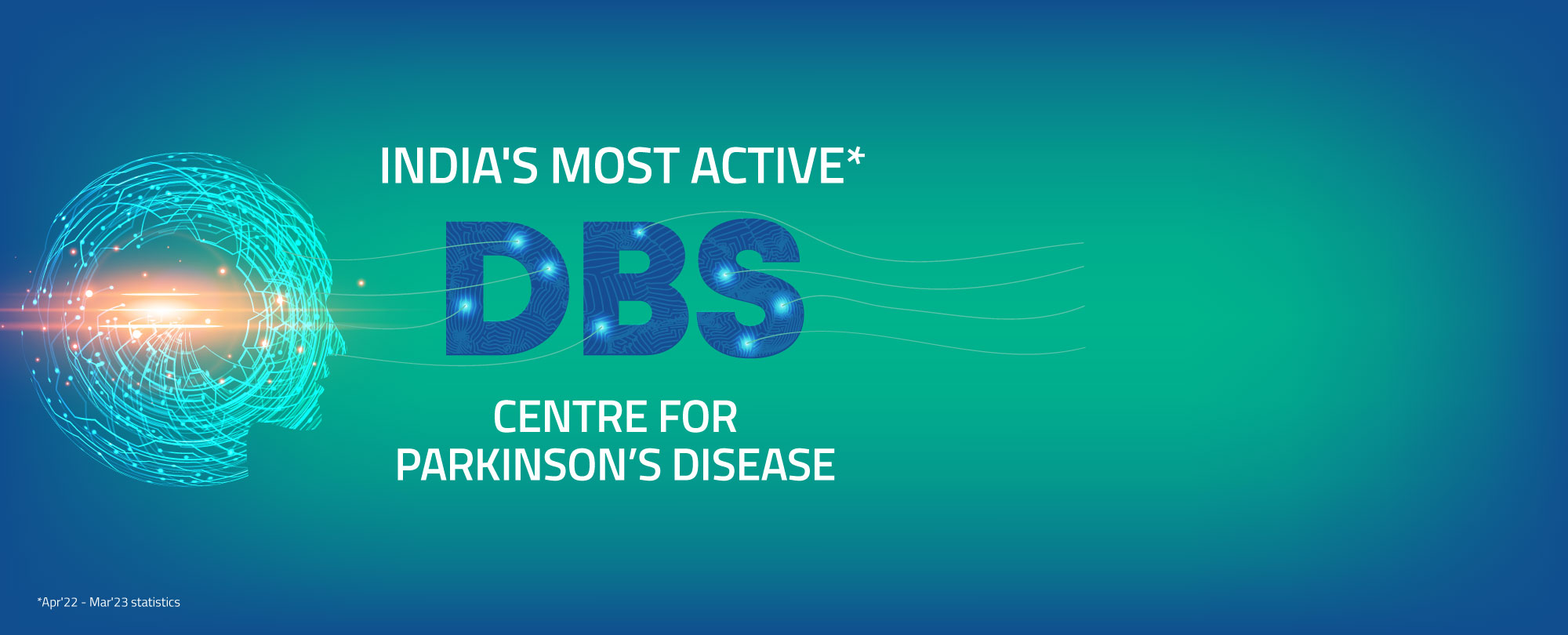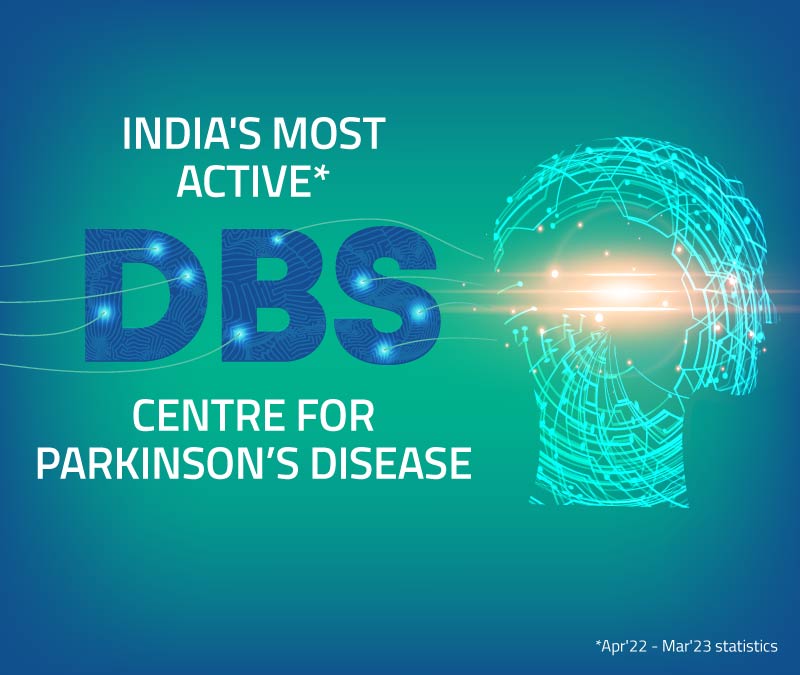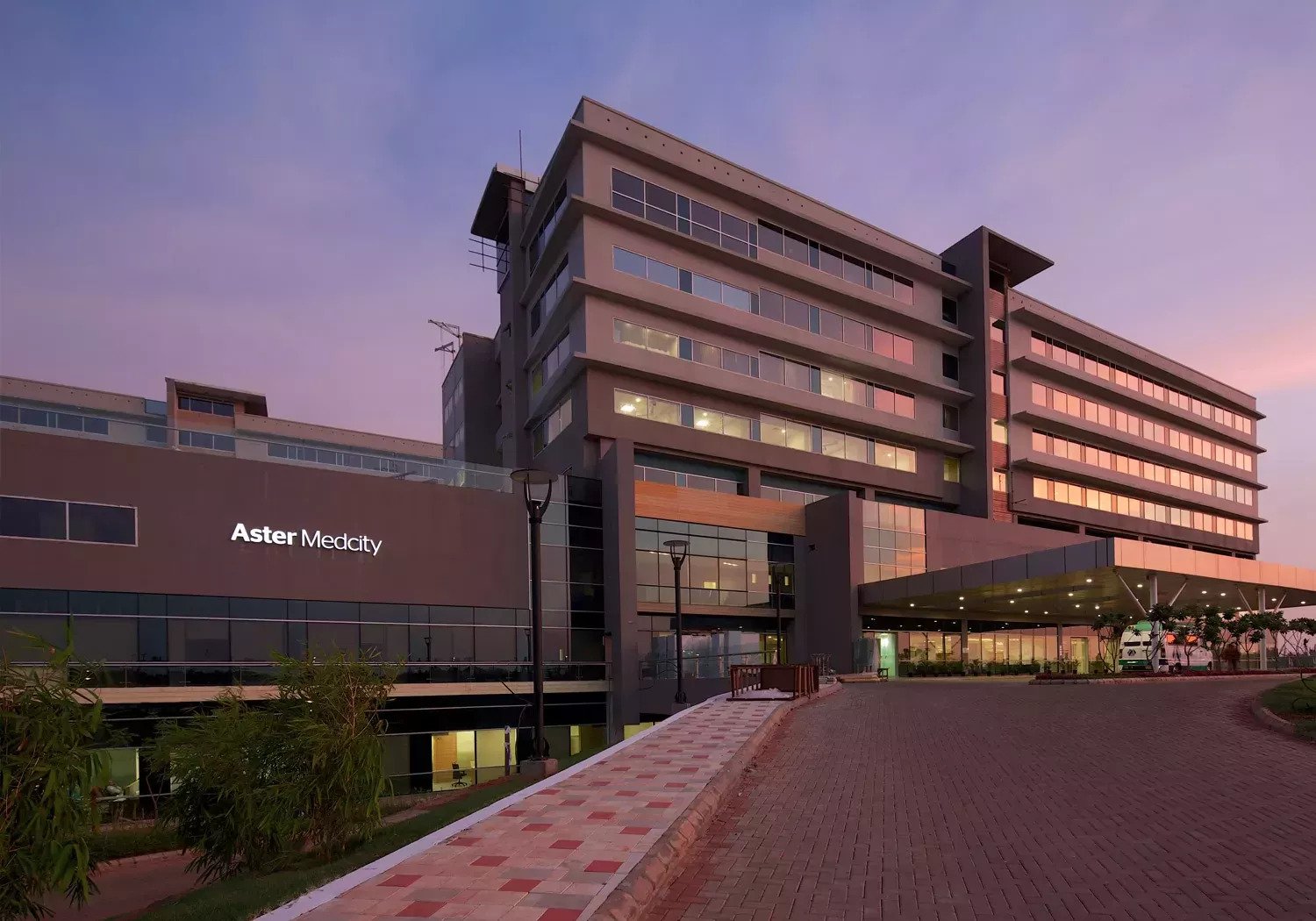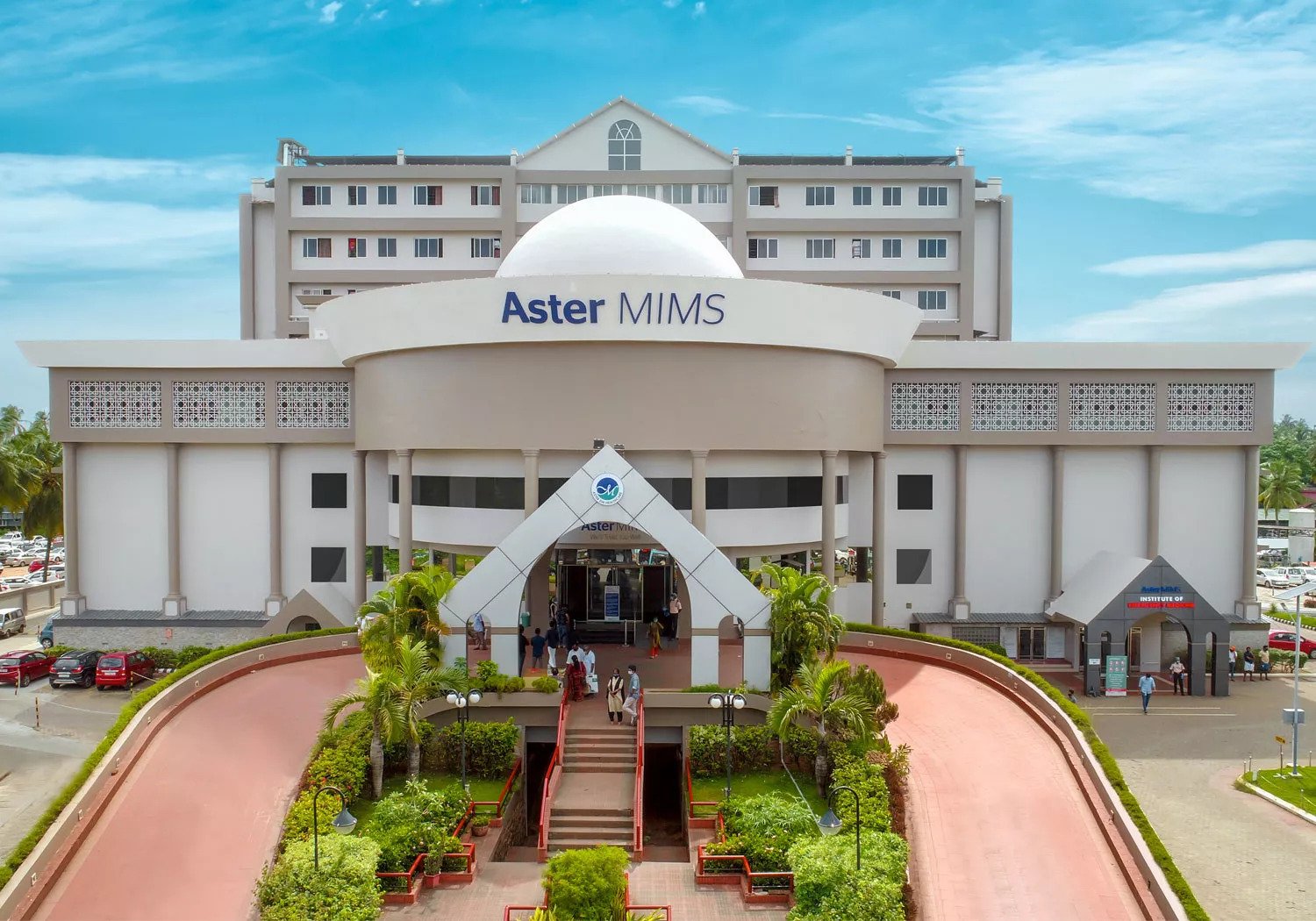PARKINSON’S & MOVEMENT DISORDERS
At the Aster Centre for Parkinson's and Movement Disorders in Kerala, our mission is to offer a holistic approach to Parkinson's disease and different types of movement disorders. We take pride in our empathetic, compassionate, timely, and inclusive approach to care for patients with ataxia, dystonia, essential tremor, Lewy body dementia, Parkinson's disease, Parkinsonian syndromes, restless leg syndrome, tic and Tourette syndrome, chorea, spasticity, tardive dyskinesia, and other movement
MOVEMENT DISORDER
Movement disorders are a group of diseases affecting the ability to produce and control body movement. Lakhs of people in India lives with movement disorders, including Parkinson's disease. It is the second commonest neurological degenerative disease of the brain after Alzheimer’s disease. Estimates show that 1-2% of people over the age of 60 years develop this condition.
Moment Disorder symptoms
The different abnormal movements are shaking (tremor), stiffness of muscles, slowness and loss of balance (together called parkinsonism), twisted postures (dystonia) abrupt jerks (myoclonus), dance-like flowing movements (chorea) and stereotyped rapid jerks and involuntary sounds (tics). Many diseases that produce movement disorders result from degeneration of brain cells in areas controlling movement and do not have an obvious cause or may be due to a genetic change.
These movements can develop as a consequence of injury, infections, inflammation, metabolic disturbances and tumours of the brain or as side effects of certain drugs. Neurologists who are specialists in movement disorders offer diagnosis and treatment for such conditions through dedicated movement disorder clinics.
PARKINSON’S DISEASE
PD is a progressive neurological disease caused by degeneration of nerve cells in an area in the brain called the substantia nigra. It is a part of the basal ganglia circuit that controls movements. The cells in substantia nigra produces an important chemical called dopamine required for the normal functions of the basal ganglia
circuits which allows us to make the desired type of movements and prevent unwanted movements.
It is estimated that about 7-10 million people have the disease world - wide and about 60,000 new cases are diagnosed each year. While the risk of a PD increases with age (average age of onset in the early 60s), around 5-10 percent develop the symptoms before the age of 50 and about 1-2 % have other family members affected by the same condition.
Parkinson's Disease symptoms
Parkinson's disease patients experience the typical motor symptoms which are tremor when the limbs are at rest, stiffness of the limbs, slowness of all activities and later, poor balance. It is now well established that a number of non-motor symptoms occur in PD such as depression, anxiety, memory and other cognitive changes, sleep disturbance, urinary urgency, constipation, pain, slurring of speech etc.
OUR SERVICES
Clinical evaluation, diagnosis, and medical treatment of Adult and Paediatric Movement Disorders
Selection of cases of Movement Disorders for DBS treatment
Selection for Apomorphine pump treatment for advanced Parkinson disease (OP assessment of eligibility and IP for initial titration). Indicated for those who opt for non-surgical treatment or in whom surgery is contraindicated.
Cognitive and Neuropsychological evaluation
Neuropsychiatric assessment
Physiatry assessment and physiotherapy
Autonomic function tests
Sleep studies
TRODAC studies, MRI through Radiology, and nuclear medicine dept
Speech, swallowing and gait rehabilitation.
Pain and palliation in advanced movement disorders
Evaluation and treatment of acute and chronic movement disorders
Functional neurosurgery for Movement Disorders (Neuromodulation)
Deep Brain Stimulation (DBS) surgery: For Parkinson Disease, Essential Tremor, Dystonia (primary and selected secondary dystonia), intractable Tourette’s Syndrome)
DBS is a surgical procedure that works for your brain much like a pacemaker for the heart. it involves placing metal electrodes, or leads, at certain target areas of your brain to produce electrical impulses that block or regulate the abnormal brain messages that cause certain motor symptoms associatd with parkinson's disease- including tremors, rigidity and bradykinesia (slowed movements).
DBS involves delivering small amounts of electricity via 2 thin electrodes (one on each side of the brain) which are introduced through 2 small holes in the skull and implanted into specific target areas deep in the brain. This procedure called stereotactic neurosurgery, is different from usual neurosurgery. The source of the electric current delivered, is a sophisticated pacemaker-like device (implantable pulse generator or IPG) placed under the skin of the chest, below the collar bone. The IPG on the chest is connected to the two electrodes within the brain through extension cables passing under the skin of the neck, behind the ear. Several software packages are available to plan the placement of the electrode using the brain MRI of the person.
The accuracy of placement is confirmed prior to implantation of the DBS electrode by the movement disorder specialist, first, by recording characteristic firingpatterns of brain cells in the target area using a procedure called microelectrode recording. This is followed by a test electrical stimulation to assess the benefits or any unwanted effects of stimulation in that location. Once the location is confirmed, the DBS electrode is implanted in that spot. In the days to weeks following DBS surgery, the movement disorder specialist will select the appropriate current settings in the implanted IPG that will provide the best clinical benefits to the patient using a remote controller-like device. This procedure is called programming. It may need a few programming sessions in the first 3-6 months to identify the best stimulation settings for an individual. Thereafter, clinic visits can be annual, to check battery settings, battery life and for adjustment of drugs.
- Experiencing fluctuations in response to levodopa with or
- without dyskinesias
- Tremor which is not relieved by levodopa
- Who cannot tolerate high doses of drugs. Recent studies have shown that patients with mild to moderate fluctuations or dyskinesias with levodopa treatment benefit as much as those with more advanced disease. Therefore early referral is indicated before patients experience any disability due to these phenomena.
- Long-term results of DBS have shown significant improvement in the motor symptoms of PD and the fluctuations in response to treatment. As patients require less medications after DBS, they also have much reduction in the dyskinesias. Majority of patients regain the the ability to perform activities of daily living independently and the quality of life of patients improves
DBS is a recommended treatment for Parkinson’s disease, Essential Tremor and Primary Generalized Dystonias. It has also shown success in some forms of secondary dystonias and Tourette syndrome. The most common condition for which DBS is used is Parkinson's disease (PD). DBS cannot cure any of these diseases but gives substantial relief from the abnormal movements and improves the quality of life of persons affected by these diseases.
We take great care to work with doctors who understand the true spirit of why we exist. Our team of experts spend quality time with the patient, focus on the person rather than the disease, understand the medical problem holistically and recommend the best way forward with a multidisciplinary approach to ensure the best possible clinical outcome.






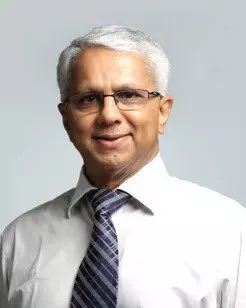
Movement disorders are a group of diseases affecting the ability to produce and control body movement. Lakhs of people in India lives with movement disorders, including Parkinson's disease. It is the second commonest neurological degenerative disease of the brain after Alzheimer’s disease. Estimates show that 1-2% of people over the age of 60 years develop this condition.
The different abnormal movements are shaking (tremor), stiffness of muscles, slowness and loss of balance (together called parkinsonism), twisted postures (dystonia) abrupt jerks (myoclonus), dance-like flowing movements (chorea) and stereotyped rapid jerks and involuntary sounds (tics). Many diseases that produce movement disorders result from degeneration of brain cells in areas controlling movement and do not have an obvious cause or may be due to a genetic change.
These movements can develop as a consequence of injury, infections, inflammation, metabolic disturbances and tumours of the brain or as side effects of certain drugs. Neurologists who are specialists in movement disorders offer diagnosis and treatment for such conditions through dedicated movement disorder clinics.
PD is not curable. PD is initially treated with medicines that relieve the symptoms and enable them to function well. Levodopa is the mainstay of treatment of PD and has been used since the 1960s and gives excellent relief in the first 3-5 years of treatment. With the progression of the disease, the beneficial effects of levodopa reduce and the symptoms of patients fluctuate through the day. These motor fluctuations can be a predictable early wearing off, of the benefits of a dose of levodopa which makes it necessary to take more frequent doses. There can be delayed onset of effect of levodopa or a sudden unpredictable loss of effect of levodopa. Levodopa can also induce dyskinesias which appear as involuntary dance -like flowing movements in the neck, trunk, or limbs. These phenomena occur in about 805 of patients during the course of the disease, within 5-10 years of onset of disease.
PD is a progressive neurological disease caused by degeneration of nerve cells in an area in the brain called the substantia nigra. It is a part of the basal ganglia circuit that controls movements. The cells in substantia nigra produces an important chemical called dopamine required for the normal functions of the basal ganglia
circuits which allows us to make the desired type of movements and prevent unwanted movements.
It is estimated that about 7-10 million people have the disease world - wide and about 60,000 new cases are diagnosed each year. While the risk of a PD increases with age (average age of onset in the early 60s), around 5-10 percent develop the symptoms before the age of 50 and about 1-2 % have other family members affected by the same condition.
Parkinson's disease patients experience the typical motor symptoms which are tremor when the limbs are at rest, stiffness of the limbs, slowness of all activities and later, poor balance. It is now well established that a number of non-motor symptoms occur in PD such as depression, anxiety, memory and other cognitive changes, sleep disturbance, urinary urgency, constipation, pain, slurring of speech etc.
A. Individual patient outcomes depend on several factors, including age, proper patient selection, target selection and accuracy of final electrode location, programming settings, adjustments in medicines following DBS.
B. Symptoms of PD that improve with levodopa, improve after DBS. The only exception is tremor which will subside after DBS, even if it is not relieved by levodopa.
C. Partial or incomplete response to DBS in PD patients may be partly due to incorrect patient selection (patients not having PD but other diseases resembling PD) or suboptimal DBS electrode placement.
D. Unrealistic expectations from DBS can also result in patients being dissatisfied with the treatment.
E. A critical factor influencing successful outcomes for DBS is a multidisciplinary team that specializes in the care of patients with DBS devices. The typical team includes a movement disorder specialist, a neurosurgeon who has a specialty training in stereotactic and functional neurosurgery and a neuropsychologist who has knowledge and experience assessing cognitive, mood and behavioural changes in PD. Patient outcomes are better when DBS surgeries are performed regularly by the team in high volume centres.
F. Device programming and management of medications following DBS should ideally be provided by an experienced movement disorder specialist.
PATIENT TESTIMONIAL
Listen to the life-changing stories of our patients who underwent DBS for Parkinson disease
